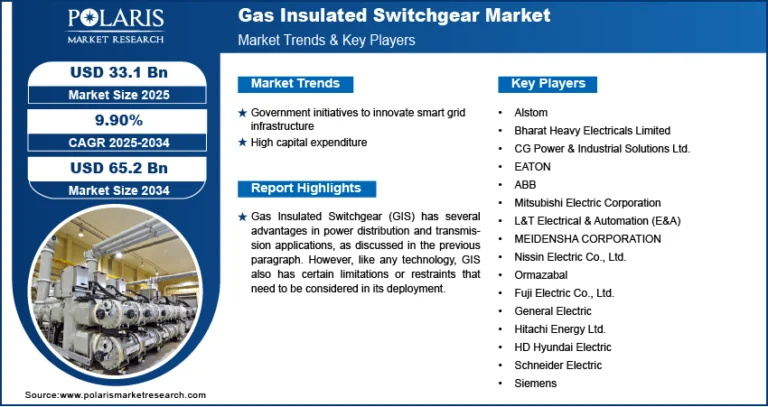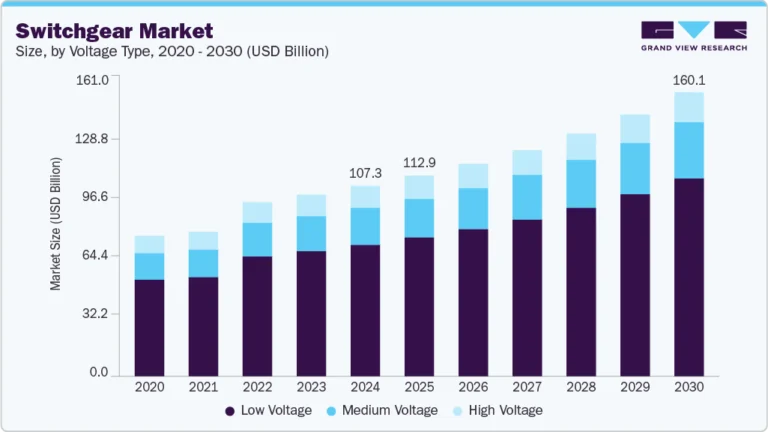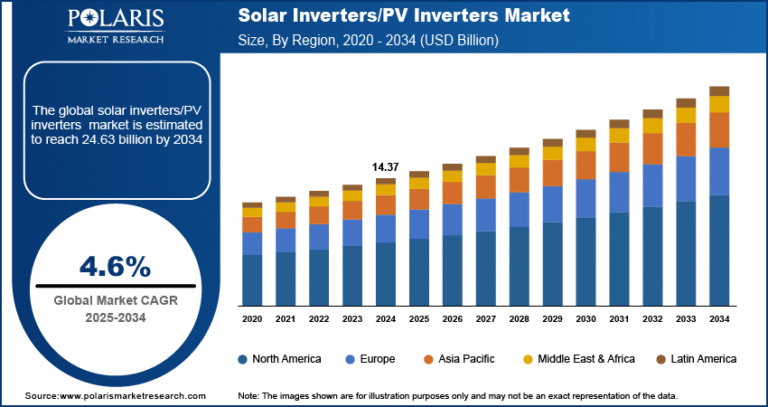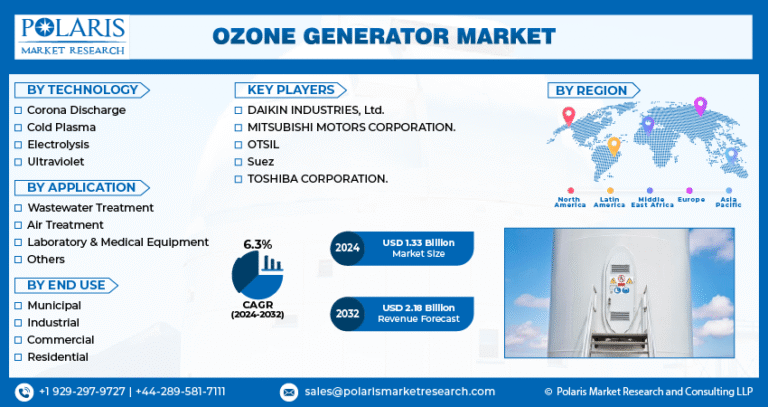Lighting Market Size, Share & Trends Analysis growing at a CAGR of 7.2% from 2025 to 2030
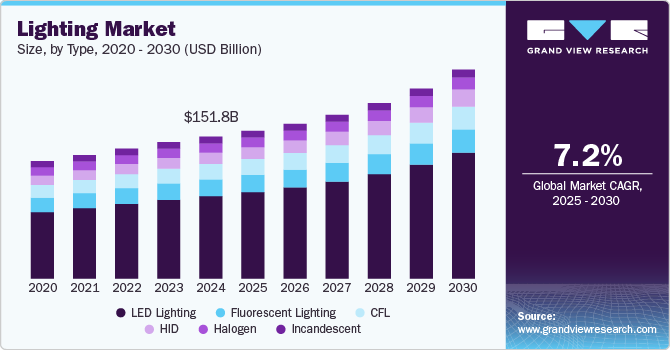
The global lighting market size was estimated at USD 151.7 million in 2024 and is projected to reach USD 223.3 million by 2030, growing at a CAGR of 7.2% from 2025 to 2030. The global lighting market is experiencing steady growth, driven by increasing demand for energy-efficient solutions, urbanization, and smart lighting technologies.
Key Market Trends & Insights
- In terms of region, Asia Pacific was the largest revenue generating market in 2024.
- Country-wise, India is expected to register the highest CAGR from 2025 to 2030.
- In terms of segment, led lighting accounted for a revenue of USD 92.4 million in 2024.
- LED Lighting is the most lucrative type segment registering the fastest growth during the forecast period.
Market Size & Forecast
- 2024 Market Size: USD 151.7 Million
- 2030 Projected Market Size: USD 223.3 Million
- CAGR (2025-2030): 7.2%
- Asia Pacific: Largest market in 2024
Request a free sample copy or view report summary: https://www.grandviewresearch.com/industry-analysis/lighting-market-report/request/rs1
Traditional lighting solutions, such as incandescent and halogen bulbs, are being phased out in favor of LED lighting, which dominates the market due to its superior energy efficiency, longer lifespan, and cost-effectiveness. Government regulations promoting energy conservation and sustainability are also accelerating the adoption of LEDs and smart lighting systems in residential, commercial, and industrial spaces. The rise of smart cities, infrastructure development, and Internet of Things (IoT)-enabled lighting solutions is shaping the future of industry.
Smart lighting systems integrated with IoT, AI, and automation are revolutionizing the lighting industry by enabling remote control, adaptive lighting, and energy optimization. These systems allow users to adjust brightness, color temperature, and schedules via mobile apps or voice assistants, improving convenience and efficiency. AI-driven automation helps optimize energy use by adjusting lighting based on occupancy and daylight availability. Additionally, the rapid expansion of commercial and residential construction projects, particularly in urban areas, is driving demand for modern lighting solutions. Smart lighting is becoming a key feature in smart homes, offices, and cities, enhancing energy savings, security, and user experience while supporting global sustainability initiatives and energy efficiency goals.
The proliferation of low-quality and counterfeit LED products undermines market reliability and consumer trust, as these products often fail to meet safety and efficiency standards. Additionally, environmental concerns regarding the disposal and recycling of lighting products, particularly CFLs and fluorescent Halogen containing mercury, pose significant regulatory challenges. Governments and industry players are focusing on strict quality control measures and eco-friendly disposal regulations to mitigate risks, ensuring sustainable lighting solutions, and reducing hazardous waste impacts on the environment.


